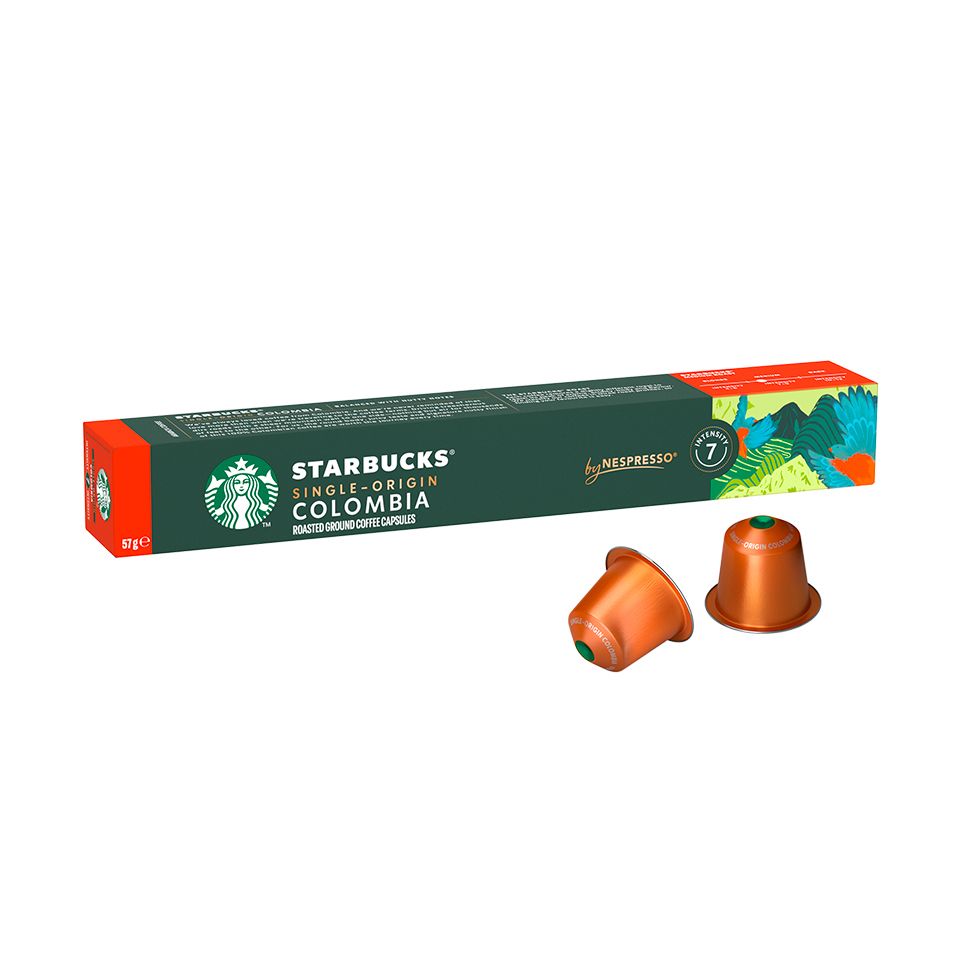A Beginner’s Guide to Understanding SOE Single Origin Espresso
A Beginner’s Guide to Understanding SOE Single Origin Espresso
Blog Article
Recognizing Coffee Beans: the Trip From Coffee to Blended Coffee Beans

The Beginnings of Coffee: A Worldwide Point Of View
While you may think of coffee as a contemporary staple, its origins map back centuries, intertwining with societies throughout the world. The tale begins in Ethiopia, where legend claims a goat herder called Kaldi uncovered the stimulating effects of coffee beans after discovering his goats frolicking vigorously after consuming them.
As profession paths expanded, coffee made its means to Europe in the 17th century, promptly obtaining appeal. It transformed from a mystical drink into a daily ritual, intellectual exchanges and inspiring celebrations. Each culture added its unique spin to coffee prep work, improving its history. This international journey highlights just how coffee links us, going beyond borders and uniting varied practices via a basic bean.
Cultivation and Harvesting of Espresso Beans
As coffee's trip progressed, the emphasis moved to the farming and harvesting of specific bean selections, specifically those utilized for coffee. You'll find that espresso beans often come from Arabica or Robusta plants, each offering unique tastes. The excellent growing problems include high altitudes and rich, well-drained dirt, which improve the beans' top quality.
Throughout the harvest, selecting techniques differ. Timing is vital; you want to harvest when the cherries reach peak ripeness for maximum flavor.
As soon as collected, the beans are prepared for processing, which is crucial in establishing their final taste. Understanding the cultivation and harvesting processes gives you insight right into what goes right into your favorite espresso, enriching your appreciation for each and every cup.
Handling Techniques: From Cherry to Bean
Since you have actually learnt more about collecting coffee beans, allow's explore how those cherries change right into the coffee beans you love. You'll see exactly how various harvesting methods effect taste, complied with by the crucial steps of fermentation and drying out. We'll break down the milling and grading procedure that determines your coffee's quality.
Harvesting Techniques Discussed
When it comes to coffee, recognizing harvesting strategies is necessary, considering that they directly impact the taste and quality of the beans you take pleasure in. Careful choosing includes hand-picking only ripe cherries, ensuring you get the ideal quality beans. Ultimately, the selection of gathering technique can considerably influence your coffee experience, so it's worth knowing how those beans made it to your mug.
Fermentation and Drying Out
After gathering, the following action in handling coffee beans play a substantial role fit their flavor. You'll locate that fermentation is crucial, as it assists break down the mucilage surrounding the beans, boosting their preference account. Relying on the approach, this process can last from a few hours to numerous days, with differing outcomes based upon temperature level and moisture.
Once fermentation is full, drying out adheres to, which is just as vital. You can pick from sun-drying or mechanical drying methods. Sun-drying permits the beans to take in flavors from the environment, while mechanical drying out warranties regular dampness levels regardless of weather. Appropriate drying out is vital to avoid mold and mildew and protect the beans' quality, eventually influencing your cup of coffee.
Milling and Grading Refine
As fermentation and drying out established the stage for flavor advancement, the milling and grading procedure guarantees that only the most effective coffee beans make it to your cup. This stage includes removing the external layers of the coffee cherry, including the parchment and husk. After milling, the beans are arranged by dimension and weight, guaranteeing an uniform high quality. You'll discover that grading helps determine flaws and categorize beans, which affects flavor and scent. Top quality beans obtain a higher quality, causing a richer coffee experience. Once rated, the beans are prepared for product packaging and shipping, preserving their one-of-a-kind characteristics. This meticulous process is important for supplying the phenomenal taste you appreciate in every sip of your favored mixture.
Toasting Strategies: Unlocking Taste Possible
When you roast coffee beans, the method you pick can significantly impact the taste account. Comprehending the connection in between time, temperature, and roasting techniques is key to disclosing the capacity of your brew. Let's discover exactly how these aspects integrated to create the ideal mug.
Toasting Methods Discussed
While you might believe that all coffee roasting approaches generate the same outcomes, the fact is that each strategy exposes unique taste capacities in the beans. You can choose in between approaches like drum toasting, air roasting, or perhaps conventional pan roasting. Drum roasting utilizes a rotating drum to equally disperse warm, enhancing caramelization and creating a balanced taste. Air roasting, on the various other hand, flows hot air around the beans, advertising a lighter roast with pronounced acidity. Pan toasting enables for hands-on control however requires consistent attention to you could look here stay clear of burning. Each technique has its nuances, so explore different strategies can aid you discover the best roast that lines up with your taste preferences. Delight in the trip of finding your optimal mug!

Effect On Flavor Account
Various toasting approaches not just affect the procedure but also substantially affect the taste account of the coffee beans. Dark roasts, on the other hand, bring out vibrant, smoky flavors, often masking the bean's special characteristics. Comprehending these nuances aids you appreciate the virtuosity behind your mug of coffee, enhancing your general experience with every sip.
Time and Temperature Factors
To release the full taste capacity of coffee beans, both time and temperature level during the roasting process play considerable duties. When roasting, you'll find that higher temperature levels can quickly establish tastes, but if you rush it, you may wind up with charred notes. Conversely, reduced temperatures enable for a more steady flavor advancement, showcasing the beans' unique features.

Timing is equally as crucial; prolonging the roast as well long can cause a loss of acidity and illumination, while too short a roast could leave the beans underdeveloped. Discovering that wonderful place calls for method and testing. By changing these factors, you can disclose the rich, complicated flavors concealed within each bean, producing a really remarkable coffee experience.
The Art of Blending: Crafting Distinct Coffee Profiles

Beginning by picking a base coffee that supplies a strong foundation. An intense Ethiopian bean can bring fruitiness, while a rich Brazilian coffee adds body.
As you mix, remember that each combination narrates. You're not simply making coffee; you're creating an experience. Take your time, taste regularly, and appreciate the trip of discovering your signature mix - Single Origin Espresso.
Brewing Approaches: Exactly How Prep Work Impacts Flavor
Blending coffee opens up a domain name of flavor opportunities, yet just how you brew that mix can significantly influence your last mug. On the other hand, a pour-over highlights the coffee's quality and illumination, ideal for showcasing fragile notes.
Espresso, with its high stress, generates a concentrated shot that check my reference highlights sweet taste and crema. If you prefer a lighter brew, consider a cool brew method; it produces a smooth, less acidic taste.
Changing variables like water temperature level, grind size, and make time can transform your coffee's profile. Embrace the art of brewing to find the flavors concealed in your coffee blends.
The Future of Coffee: Sustainability and Innovation
As the coffee market evolves, sustainability and development are becoming necessary for resolving ecological obstacles and meeting consumer demands. You'll observe that even more coffee business are adopting green practices, from sourcing beans fairly to implementing lasting farming techniques. These shifts not just assist the earth yet also enhance the quality of the coffee you enjoy.
You could see technologies like naturally degradable packaging and water-saving developing techniques that decrease waste. Advanced modern technology, such as blockchain, is additionally coming to be preferred, ensuring transparency in the supply chain, which enables you to trace your coffee back to its origins.
Furthermore, buying neighborhood areas and supporting farmers through fair profession efforts cultivates a more lasting coffee environment. As you sip your following cup, bear in mind that your choices can add to a brighter future for coffee. By choosing lasting brands, you're not just delighting in a drink; you're making a favorable influence on the globe.
Often Asked Concerns
What Is the Distinction Between Arabica and Robusta Beans?
Arabica beans are smoother, sweeter, and have a greater acidity, while robusta beans are more powerful, extra bitter, and consist of more caffeine. When making your coffee., you'll notice these distinctions in taste and scent.
How Does Altitude Affect Coffee Bean Flavor?
Altitude effects coffee bean flavor considerably. Higher altitudes generate beans with brighter level of acidity and complex tastes, while lower elevations frequently produce beans that are larger and less nuanced. You'll observe these differences in your cup!
What Are the Health Conveniences of Alcohol Consumption Coffee?
Consuming coffee can enhance your energy, improve psychological focus, and also boost physical performance. It's abundant in anti-oxidants, might decrease the danger of specific illness, and can promote a much healthier metabolic process when consumed in moderation.
Can Coffee Beans Be Recycled for Developing?
Yes, you can reuse coffee beans for developing, but the flavor might be weak. If you enjoy exploring, try reusing them in different ways, like cold mixtures or contributing to shakes for an additional kick.
Just how Should I Shop Coffee Beans for Freshness?
To maintain your coffee beans fresh, save them in a closed container in a great, dark location. Prevent exposing them to heat, light, or dampness, as these elements can rapidly degrade their flavor and fragrance.
Comprehending Coffee Beans: the Trip From Espresso to Blended Coffee Beans.
Currently that you've discovered regarding collecting espresso beans, let's discover how those cherries change right into the coffee beans you enjoy.When you roast coffee beans, the technique you choose can substantially influence the taste account - Single discover this Origin Espresso.While you could think that all coffee roasting approaches generate the same outcomes, the truth is that each method reveals distinct flavor capacities in the beans.Different toasting techniques not just influence the process however also significantly impact the flavor profile of the coffee beans
Report this page